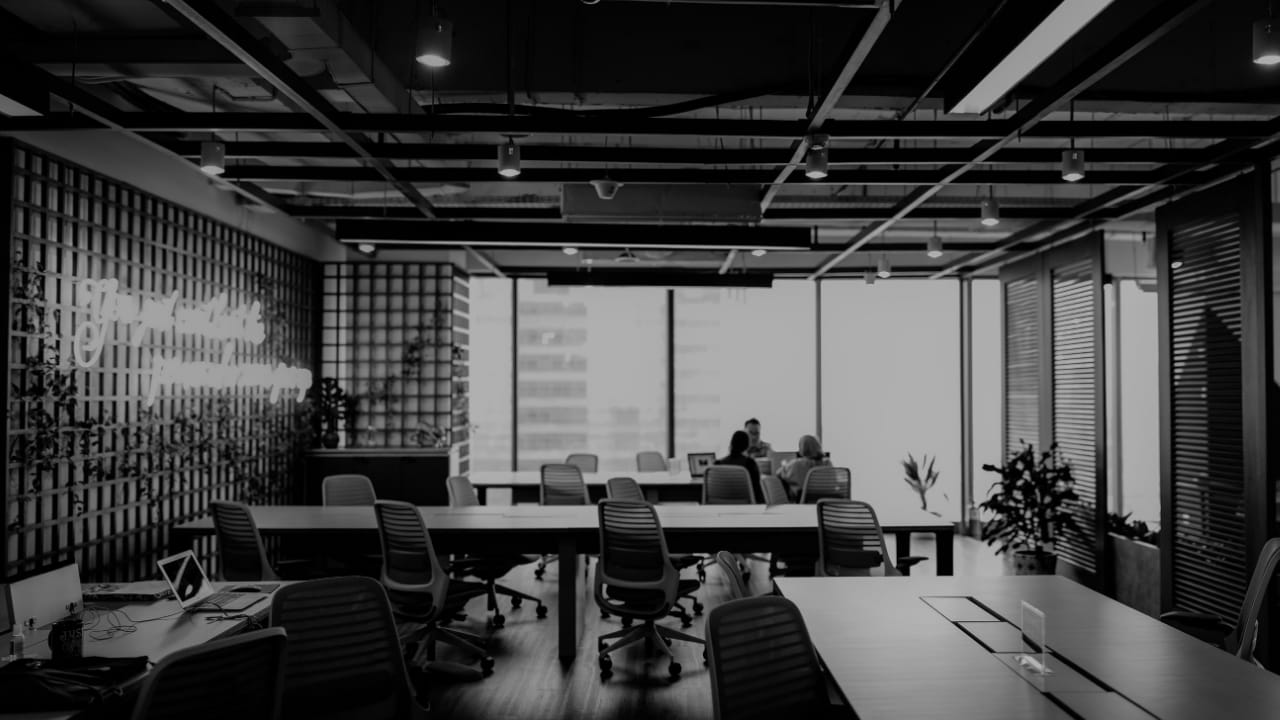The past 17 months have completely altered the way workplaces are designed.
Just prior to the pandemic, open floor, crowded collaborative offices were on the rise, but pivoted to private offices with low occupancy rates.
Now, as companies make their plans to return to the office, the balance between remote work and in-person collaboration will bring on a new iteration of office design.
According to JLL’s Office Fit Out Guide, the key to the future of office spaces will be prioritizing employee wellbeing, being agile and providing workers the opportunity to collaborate safely. So what can companies do to ensure that all of these new needs are met adequately?
First, it will be essential for businesses to invest into technology that makes both in-person and virtual collaboration seamless. Using conference room cameras, as well as collaborative software platforms, will make it so employees will feel included no matter where they are working from.
Data-driven technology will also help leaders decide what the best office design decisions will be. Being able to see how the space is utilized and how many people are occupying it can make it simple for companies to decide which configuration of office is best suited for their employees’ needs.
Along with this comes the demand for more wellness-oriented amenities that prioritize the mental health of workers. For instance, incorporating more outdoor space, soundproof booths, natural light and air ventilation systems are simple ways to make sure that the office is both healthy and environmentally-conscious.


 Dr. Gleb Tsipursky – The Office Whisperer
Dr. Gleb Tsipursky – The Office Whisperer Nirit Cohen – WorkFutures
Nirit Cohen – WorkFutures Angela Howard – Culture Expert
Angela Howard – Culture Expert Drew Jones – Design & Innovation
Drew Jones – Design & Innovation Jonathan Price – CRE & Flex Expert
Jonathan Price – CRE & Flex Expert










